Seriously? Nissan Intends To Quintuple Titan Volume and Market Share
By broadening its lineup, rethinking the dealer approach, and focusing on prime markets, Nissan intends to increase its Titan pickup truck’s share of America’s full-size market to 5 percent.
5 percent. One in twenty trucks. One Titan for every 19 Ford F-Series, Chevrolet Silverado, Ram P/U, GMC Sierra, and Toyota Tundra.
That doesn’t sound so crazy, does it?
Nah, at least until you realize that in 2016, Nissan sold fewer than 22,000 Titans, or slightly less than 1 percent market share.
There are reasons to believe Nissan could get there, but there are at least as many reasons — if not more — to believe the 5 percent market share goal, equal to roughly 112,000 annual Titan sales, is unreasonable, if not outlandish.
LINEUP
With the arrival of the King Cab, Nissan will now have the semi-heavy-duty Titan XD with gas and diesel engines plus the regular-duty Titan with the V8 engine in crew, single, and extended cabs. Nissan’s Titan lineup has never been this exhaustive, not even when annual Titan volume peaked at 86,945 units in its first-generation’s first full year, 2005.
Nissan’s full-size pickup truck market share at that time: 3.5 percent.
DEALERS
This includes fronting dealer lots with trucks and employing specialists in the truck and commercial vehicle sector as well as intensive training in order for sales consultants to know how to sell a Versa Note and a Titan Platinum Reserve.
“You’ve got to know trucks and talk trucks when these customers come in,” Diaz says.
MARKETS
In January, for instance, Nissan pointed out that the Titan outsold the far more common Toyota Tundra in Omaha, Nebraska and Salt Lake City, Utah. Granted, that’s not exactly Dallas, let alone America, but the Titan had never achieved that result in the past.
LOYALTY
More than 90 percent of full-size truck buyers choose a pickup from one of the traditional Detroit marques. Not only does Titan need to convince a large chunk of those buyers to purchase or lease a Titan, that stage of persuasion isn’t possible until Nissan has persuaded buyers to come and have a look. That’s a hugely challenging task in a market with such entrenched loyalty.
ADVANCES
Ford brought the ten-speed automatic to the F-150 for the 2017 model year and has thoroughly refreshed the F-150 for the 2018 model year, adding a diesel engine and improving its current stable of powerplants. GM and Ram drop special edition trucks seemingly every day at breakfast, lunch, and supper.
PRODUCT
More importantly, Titan fails on the fuel economy front, with the most efficient four-wheel-drive Titan rated at 15 miles per gallon city and 21 mpg on the highway. We measured 12.7 mpg in our test.
“The 2017 Nissan Titan needed to be better than its high-volume rivals,” I wrote last month in a Titan review. “It needed to be better than good enough. It isn’t.”
Of course, Nissan can earn the 5-percent market share and 100,000+ annual sales results the company desires. Virtually any automaker can.
For every vehicle, there is a price point where any level of market share is theoretically possible, though likely not profitable.
Timothy Cain is the founder of GoodCarBadCar.net, which obsesses over the free and frequent publication of U.S. and Canadian auto sales figures. Follow on Twitter @goodcarbadcar and on Facebook.
More by Timothy Cain
Latest Car Reviews
Read moreLatest Product Reviews
Read moreRecent Comments
- Peter Buying an EV from Toyota is like buying a Bible from Donald Trump. Don’t be surprised if some very important parts are left out.
- Sheila I have a 2016 Kia Sorento that just threw a rod out of the engine case. Filed a claim for new engine and was denied…..due to a loop hole that was included in the Class Action Engine Settlement so Hyundai and Kia would be able to deny a large percentage of cars with prematurely failed engines. It’s called the KSDS Improvement Campaign. Ever hear of such a thing? It’s not even a Recall, although they know these engines are very dangerous. As unknowing consumers load themselves and kids in them everyday. Are their any new Class Action Lawsuits that anyone knows of?
- Alan Well, it will take 30 years to fix Nissan up after the Renault Alliance reduced Nissan to a paltry mess.I think Nissan will eventually improve.
- Alan This will be overpriced for what it offers.I think the "Western" auto manufacturers rip off the consumer with the Thai and Chinese made vehicles.A Chinese made Model 3 in Australia is over $70k AUD(for 1995 $45k USD) which is far more expensive than a similar Chinesium EV of equal or better quality and loaded with goodies.Chinese pickups are $20k to $30k cheaper than Thai built pickups from Ford and the Japanese brands. Who's ripping who off?
- Alan Years ago Jack Baruth held a "competition" for a piece from the B&B on the oddest pickup story (or something like that). I think 5 people were awarded the prizes.I never received mine, something about being in Australia. If TTAC is global how do you offer prizes to those overseas or are we omitted on the sly from competing?In the end I lost significant respect for Baruth.

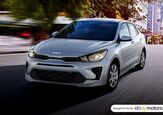
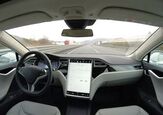




















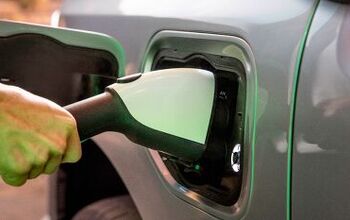


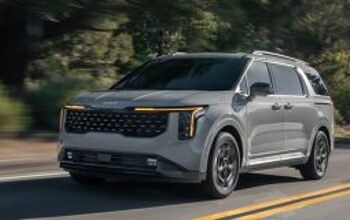
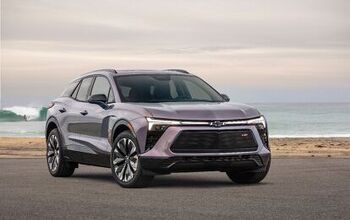

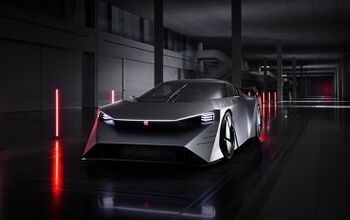
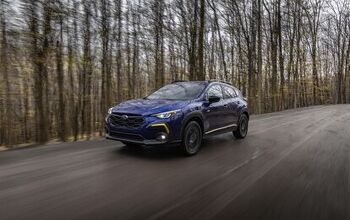
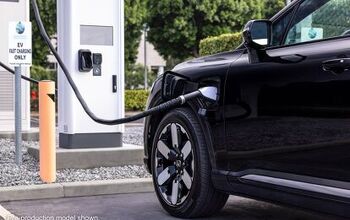
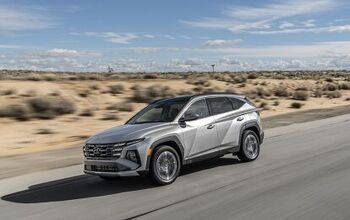
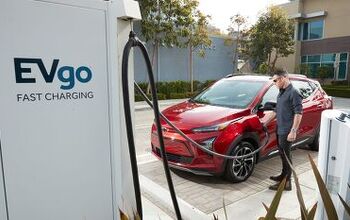
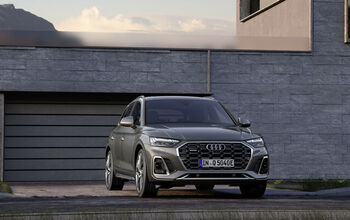
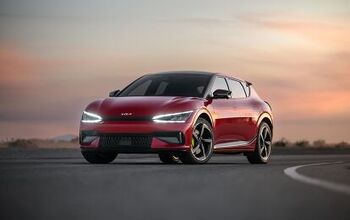
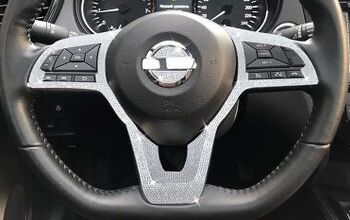

Comments
Join the conversation
The "Detroit 3" aren't stupid. They know where their money comes from, and they spend a lot adding new features, etc. to their pickups. The only way Toyota competes is because of its reputation for superior quality. On features, etc., not so much. As a trailer guy, IMHO, the new XD diesel is a big fail. The 5-liter Cummins engine is nice but heavy. As a result, the truck's payload suffers a lot (and the truck is pretty heavy to begin with). If you're towing an 8,000 lb. trailer, at least of 800 lbs of that is tongue weight being carried by the truck. Add the weight of 3-4 passengers and stuff in the bed, and you're probably substantially overloaded. There's a reason why the other mfrs. who are putting diesels in "1/2 ton" pickups are using small displacement (2.8-3 liters) diesel engines with heavy turbocharging: there's less of a payload penalty as compared to the gasoline powered versions. Longevity in heavy service maybe another matter . . . but the mileage figures look great; and that still sells trucks to some people.
Only one engine available in the 2017 Single Cab Titan- 5.6L V8. Even with the 7-speed auto it will be a tall order to dent GM/Ford/FCA market share in the Fleet/Commercial space. Not going to happen without monster incentives.